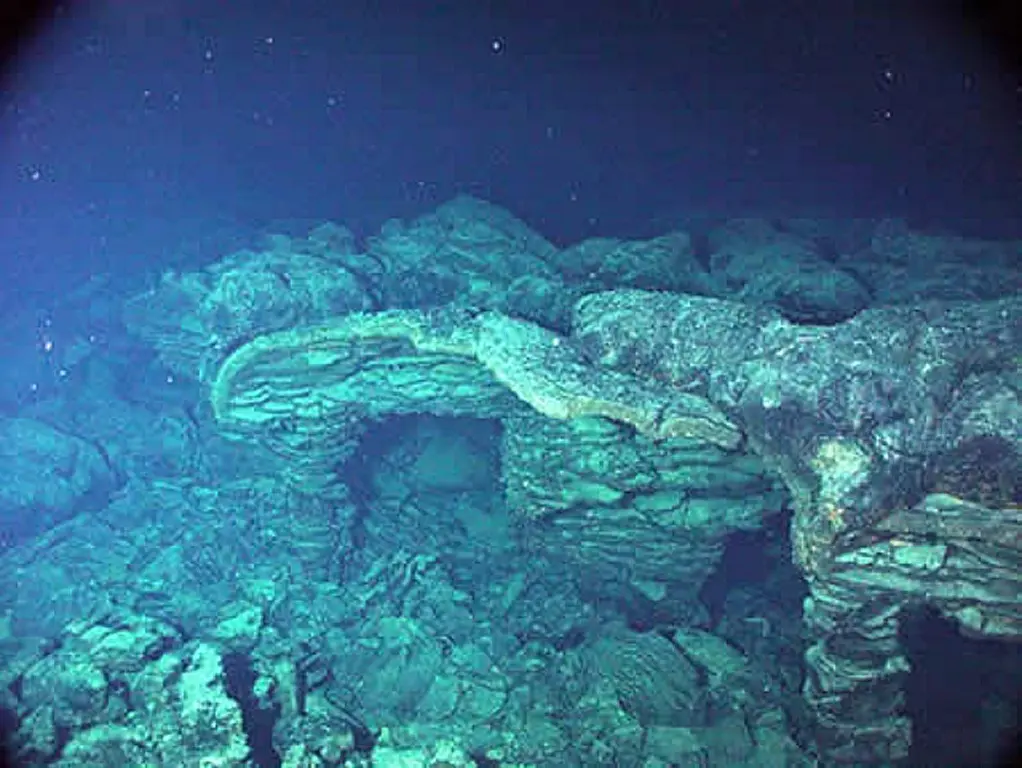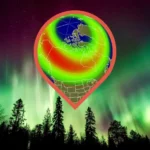Approximately 300 miles off the picturesque coast of Oregon, a massive submarine volcano known as Axial Seamount is exhibiting compelling signs that it is poised for an eruption—its first since 2015.

Scientists are closely monitoring this underwater giant, recording over 1,000 daily earthquakes and observing a distinctive “ballooning” of its structure, indicative of an imminent release of “very fluid lava” into the depths of the Pacific Ocean.
Understanding Submarine Volcanism and Axial Seamount’s Significance
Submarine volcanoes, like Axial Seamount, are vents or fissures in the Earth’s surface beneath the ocean where magma and gases escape. They are incredibly common, far outnumbering land volcanoes, and play a crucial role in shaping the ocean floor, releasing heat, and contributing chemicals to marine ecosystems.
Axial Seamount is particularly significant to the scientific community because it is one of the most active and accessible underwater volcanoes globally. Located on the Juan de Fuca Ridge, a mid-ocean spreading center, it is part of a vast network of underwater volcanoes that form the Pacific Ring of Fire.
Its relative proximity to the North American coast and the presence of an extensive, cabled monitoring network, part of the Ocean Observatories Initiative (OOI), make it a natural laboratory for studying deep-sea volcanism.
Scientific Monitoring: Detecting the Pulse of the Volcano
The ability of scientists to predict Axial Seamount’s eruptions stems from sophisticated monitoring techniques. Researchers from institutions like Oregon State University utilize a network of instruments on the seafloor, including hydrophones (underwater microphones) that detect the seismic activity of thousands of daily earthquakes.
These seismic swarms are a key indicator of magma moving beneath the volcano, fracturing the surrounding rock as it pushes towards the surface.
Additionally, highly sensitive pressure sensors on the seafloor measure the subtle uplift, or “inflation,” of the Axial Seamount. As Bill Chadwick, a volcanologist and research professor at Oregon State University, explained, this volcano behaves similarly to those in Hawaii: “They tend to inflate like a balloon in between eruptions.
At Axial, the sea floor is actually rising, and that’s a big signal.” This “ballooning” indicates that the volcano’s magma chamber is refilling and building immense pressure, suggesting that the top could release lava at any moment between now and the end of the year, according to an NBC report.
The Nature of the Eruption: Fluid Lava Flows
The forthcoming eruption of Axial Seamount is expected to involve “very fluid lavas.” This type of lava, characteristic of Hawaiian volcanoes, flows easily, covering large areas rather than exploding violently.
Deep underwater, as this molten rock meets the frigid ocean water, it cools rapidly, forming distinctive pillow lavas—rounded, pillow-shaped masses of solidified rock that are common features of the deep seafloor. While the 2015 eruption was described as “massive,” leaking a “surreal amount of magma” with one lava flow measuring an astonishing 450 feet thick (roughly two-thirds the height of Seattle’s Space Needle), the nature of these effusive eruptions means they pose no threat to humans on the surface.
Deep Underwater: No Surface Impact Expected
The extraordinary depth at which Axial Seamount is situated, at 4,626 feet (nearly 1,410 meters) below sea level, means that even a significant eruption would likely go unnoticed from the ocean surface. As Bill Chadwick told NBC News, “Even if you were out on a boat right over the seamount when it’s erupting, you probably would never know it.”
The immense pressure of the overlying water column and the cooling effect of the ocean quickly dissipate any energy or heat from the eruption, preventing observable surface activity or hazardous impacts like tsunamis.
Geological Context: A Spreading Center
The location of Axial Seamount is crucial to understanding its volcanic activity. It sits precisely where two tectonic plates are separating: the Juan de Fuca Plate and the Pacific Plate. This geological setting, known as a mid-ocean ridge or spreading center, is where new oceanic crust is continuously formed as magma rises from the Earth’s mantle to fill the gap created by the diverging plates.
This continuous process puts pressure on the seafloor, creating fractures and conduits through which magma can ascend, directly fueling the volcanic activity at Axial Seamount.
Historical Eruptions and Predictive Power
The historical record of Axial Seamount’s eruptions provides valuable data for scientists. The volcano has erupted three times in the past 30 years: in 1998, 2011, and 2015. This relatively consistent pattern of activity, coupled with the sophisticated monitoring infrastructure in place, has allowed scientists to develop predictive models for its behavior.
While predicting the exact minute or day of an eruption remains challenging, the ability to forecast the timing to within a few months is a remarkable achievement in volcanology and makes Axial Seamount one of the most predictable volcanoes on Earth.
Broader Seismic Context: The Pacific Ring of Fire
Axial Seamount is not an isolated geological phenomenon; it is part of a much larger, globally significant region known as the Pacific Ring of Fire. This horseshoe-shaped zone, stretching around the rim of the Pacific Ocean, is characterized by intense seismic and volcanic activity due to the movement and collision of numerous tectonic plates.
The West Coast of North America, including Oregon, lies within this active zone and experiences frequent earthquakes and volcanic events. While Axial Seamount’s deep-sea eruptions pose no direct threat to coastal communities, its imminent activity serves as a powerful reminder of the dynamic and active geological forces at play beneath our feet, and in this case, far beneath the waves.
Witnessing Deep-Sea Dynamics
The impending eruption of Axial Seamount represents a remarkable opportunity for scientists to further study the processes of deep-sea volcanism. With its distinctive “ballooning” and a flurry of seismic activity, the underwater volcano off the Oregon coast is providing clear signals that another eruption is drawing near.
While the event itself will likely occur far below the ocean’s surface, unseen by human eyes, the cutting-edge monitoring technologies allow researchers to effectively witness the dynamic forces shaping our planet’s hidden depths, reaffirming Axial Seamount’s status as a critical window into Earth’s geological engine.








